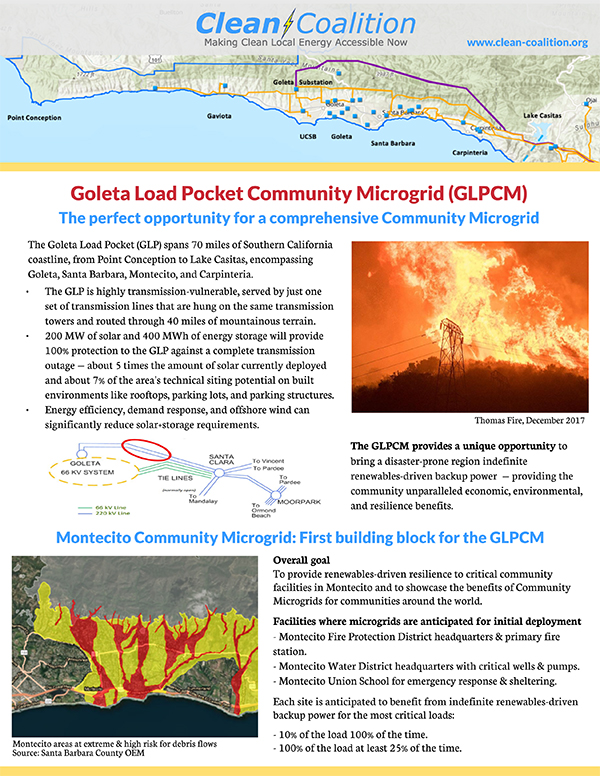BY KIKI TIDWELL

In ICL’s Ben Otto’s Sept 9th letter to the Blaine County Commissioners, he makes some really great
points that are mirrored in the headlines of recent GreenTech Media articles.1 Otto wrote, “Since Idaho Power completed the Wood River Electrical Plan in 2008… the technology to provide service through local resources has drastically improved while the prices have fallen, rendering (the plan) obsolete and unsuited as the basis for any informed decision making. We recommend the Blaine County Commission require Idaho Power to not just update the 2008 Wood River Energy Plan, but to start fresh in order to ensure an accurate and up-to-date assessment of the Valley’s needs and opportunities… to include the customer side of the equation…”Demand Response” programs that provide incentives (to homes and businesses) to turn off unnecessary things to help meet energy needs during critical times.”
This morning’s GTM’s sub-headline is, “Vermont utility now controls several thousand Tesla Powerwall batteries in customer homes. The results have been promising” and GTM’s Jeff St. John’s August 28th’s article, “Distributed Energy Helped Fight California’s Grid Outages, But it Could Do Much More, …could turn emergency help into stable, consistent grid relief.”2 And St. John’s Sept 17th article, “ ‘Game-Changer’ FERC Order Opens Up Wholesale Grid Markets to Distributed Energy Resources”3 tells us that these batteries distributed in homes and businesses can now be counted on and compensated for being a vital part of the grid. The world has radically changed from the utility making power in big central power plants and sending it over long transmission lines to homes. Homes have recently evolved to be more self-sufficient by being able to store power in their own Tesla Powerwalls or home batteries and making their own power from solar on their roofs, but the new development is that all these home batteries can now be coordinated together to add up to a chunk of power that can be counted on.
What does that mean for us here? Blaine County has peak demand for electricity in the winter months, especially when the towns are full for the Christmas holidays and the chairlifts and snow guns are running. From information provided from Idaho Power, Ketchum substation non-coincident peak loads have ranged from 42.5 MWs on 12/21/01 to 50.4 MWs 12/27/07. Elkhorn substation peak loads have ranged from 9.6 MWs 12/24/02 to 14.3 MWs 12/31/15. Therefore, a vital part of determining how much backup power is needed for us in an emergency would be a meaningful assessment of Winter Time Demand Response measures that could reduce unnecessary demand during an event. Smart meters are currently installed on all residences in the county, but have never been utilized as interactive demand response tools. Good demand response programs automate tiny changes that, when coordinated, add up to big demand reductions.
 California’s state grid operator asked people to change thermostats by just 1-2 degrees to help meet extreme demands and prevent shutoffs. Electric water heaters can be switched off for a few hours and still provide hot water.
California’s state grid operator asked people to change thermostats by just 1-2 degrees to help meet extreme demands and prevent shutoffs. Electric water heaters can be switched off for a few hours and still provide hot water.
It is important to determine exactly how many megawatts of demand here could be reduced by emergency lowering of occupied residences’ thermostats to an acceptable temperature of 65-67 degrees, and of unoccupied structures to 55-60 degrees, as well as what load could be identified as non-emergency load, such as chairlifts, snow guns and decorative outdoor tree lighting, which could be taken off-line. If our north county peak load is estimated at 60 MWs, but 20 MWs can be provided for by home batteries, or smart thermostats that reduce temperatures, and demand response controls that turn off exterior Christmas tree lights, it will be a heck of a lot cheaper to provide backup batteries and generators which can take care of vital electrical loads. Furthermore, installing such demand response measures now can help our community reduce our demand for coal-fired power in general.



